Is your piano sounding more like a clunker than a concert grand? Don't panic! This DIY guide will teach you how to troubleshoot common issues and keep your instrument singing.
As a long-time pianist, I've seen it all: sticky keys that feel like they're glued down with honey, pedals that squeak like a dying mouse, and strings that buzz like a swarm of angry bees. But through it all, I've learned that even the most temperamental instrument can be tamed with a little know-how and a few trusty tools.
Think of your piano as a high-performance machine. Like any finely tuned engine, it needs regular maintenance and the occasional repair to stay in top shape. While some issues definitely require the expertise of a piano technician (more on that later), there are plenty of common problems you can tackle yourself with a little DIY spirit.
In this guide, I'll walk you through the anatomy of your piano, share my favorite hacks for fixing common issues, and help you figure out when it's time to call in the pros. So, roll up your sleeves, grab your toolkit, and get ready to give your piano the TLC it deserves.
The Basics of Piano Anatomy: A Quick X-Ray
Before we dive into troubleshooting, let's get familiar with the inner workings of your piano. Think of it like understanding the engine of a car before you pop the hood.
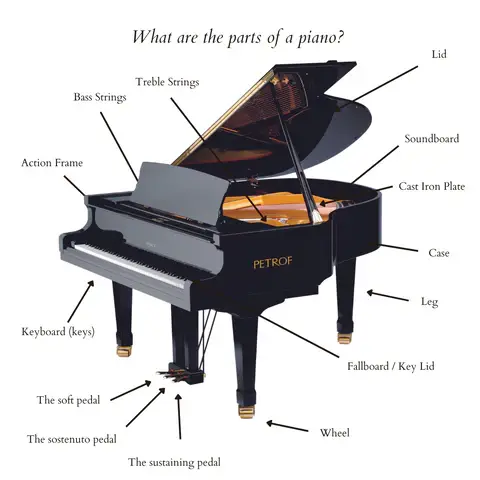
At its core, a piano is a fascinating symphony of wood, metal, and felt. Here's a breakdown of the key players:
- Keys: The black and white warriors you tickle to create sound. They're usually made of wood or plastic and pivot on a balance pin.
- Hammers: Felt-covered mallets that strike the strings when you press a key. The quality and condition of the felt directly impact your piano's tone.
- Strings: Steel wires of varying lengths and thicknesses that vibrate to produce different pitches. The lower notes have thicker, longer strings, while the higher notes have thinner, shorter ones.
- Dampers: Felt pads that rest on the strings to stop them from vibrating when you release a key. They're essential for clean articulation and preventing unwanted resonance.
- Soundboard: A large, thin sheet of wood that amplifies the vibrations of the strings, giving your piano its unique voice. It's the heart and soul of your instrument.
- Pedals: Foot-operated levers that modify the sound. The most common are the sustain pedal (right), which allows notes to ring out even after you release the keys, and the soft pedal (left), which softens the sound.
Understanding these basic components will help you diagnose problems and troubleshoot them effectively. Think of it as your piano's owner's manual, but way more fun.
Now that you've got a handle on the anatomy, let's move on to diagnosing and fixing some common ailments.
Common Piano Problems (and DIY Solutions)
Okay, now that we're all piano anatomy experts, let's roll up our sleeves and tackle some common issues that might be plaguing your instrument. Just remember, we're not performing open-heart surgery here. If you're unsure or uncomfortable with any of these fixes, it's always best to consult a qualified technician.
1. Sticky Keys: The Piano Equivalent of a Slow Internet Connection
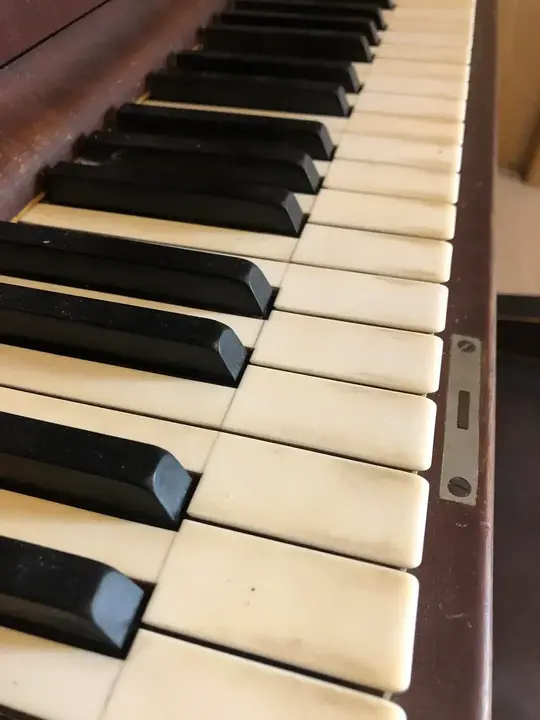
- Symptoms: Keys that feel sluggish, slow to return, or refuse to rise at all.
- Causes: Dust, debris, humidity fluctuations, or worn felt.
- DIY Fixes:
- Clean it up: Gently remove the keytop (if possible) and use compressed air to blast away any dust bunnies or debris.
- Dry it out: If humidity is the culprit, try a dehumidifier or place silica gel packets inside the piano.
- Lube it up: A tiny bit of graphite powder (pencil lead works in a pinch) applied to the key pins can help things move smoothly.
2. Out-of-Tune Notes: When Your Piano Sounds Like a Karaoke Night Gone Wrong
- Symptoms: Notes that sound flat, sharp, or generally wonky compared to others.
- Causes: Changes in temperature or humidity, regular wear and tear, or even moving the piano.
- DIY Fixes:
- Proceed with caution: Tuning a piano is an art that requires skill and specialized tools. If you're not confident, leave it to the pros.
- Minor tweaks only: If you're feeling adventurous, you can try making small adjustments with a tuning hammer. Mark the starting position of the tuning pin and turn it very slightly (less than 1/8 of a turn) to raise or lower the pitch.
3. Buzzing/Rattling Sounds: Your Piano's Way of Asking for Attention
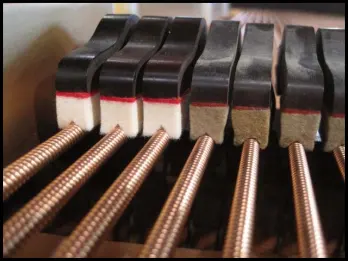
- Symptoms: Annoying buzzing or rattling sounds when you play certain notes or use the pedals.
- Causes: Loose screws, worn felt, or foreign objects inside the piano (think rogue coins, lost picks, etc.).
- DIY Fixes:
- Inspect and tighten: Check for loose screws on the keybed, action parts, and pedals. Tighten them carefully, but don't overtighten.
- Shake it out: If you suspect a foreign object, gently tilt the piano and try to dislodge it.
- Check for worn parts: Look for worn or damaged felt on the hammers, dampers, or pedals. If you find any, replacement might be necessary (and that's a job for a pro).
4. Pedal Issues: When Your Sustain Pedal Feels More Like a Brake Pedal
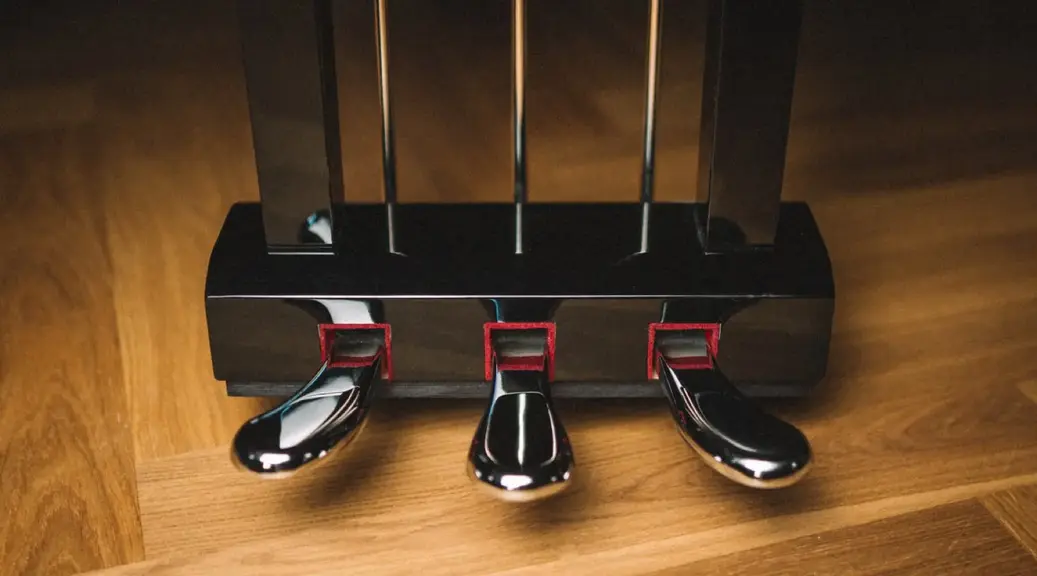
- Symptoms: Pedals that stick, squeak, or don't seem to work properly.
- Causes: Misalignment, worn felt, or broken springs.
- DIY Fixes:
- Check alignment: Make sure the pedals are aligned properly and move freely.
- Replace worn felt: If you can access the pedal mechanism, you can try replacing worn felt pads yourself.
- Spring into action: Replacing broken springs can be tricky, so unless you're comfortable with it, leave this one to the experts.
Remember, these DIY fixes are for minor issues only. If you're dealing with more serious problems, it's always best to call in a qualified piano technician. They have the experience, tools, and knowledge to diagnose and repair your instrument properly, ensuring it sings for years to come.
When to Wave the White Flag and Call in the Pros
Alright, so you've tried your hand at some DIY repairs, and your piano is still giving you the blues. Don't fret, it's not a reflection of your DIY skills (or lack thereof). Some piano problems are simply beyond the scope of a casual tinkerer. Here's when it's time to swallow your pride and call in the cavalry:
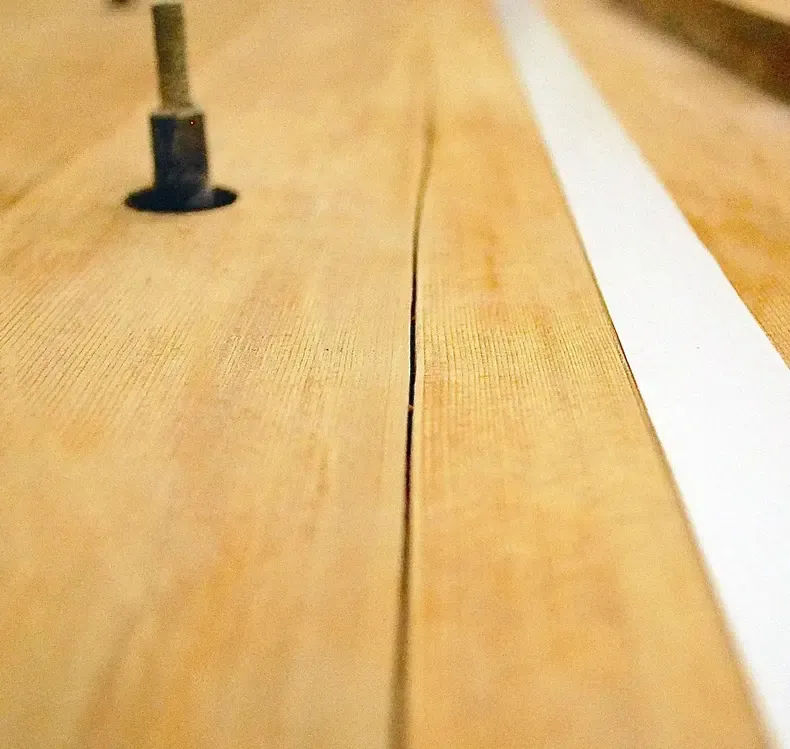
Signs Your Piano Needs Professional Help:
- Cracks in the Soundboard: This is like a broken bone for your piano. It's a major structural issue that can severely impact sound quality and requires expert repair.
- Major String Damage: If strings are broken, unraveling, or showing signs of rust, don't attempt a DIY string replacement. It's a delicate process that requires specialized tools and knowledge.
- Multiple Key or Hammer Issues: If several keys are sticking, not returning, or producing strange noises, it's likely a deeper mechanical problem that needs a technician's touch.
- Unresponsive or Erratic Pedals: If your pedals are completely unresponsive or behaving erratically, it could be a sign of a serious internal issue that requires professional diagnosis.
- Significant Tuning Problems: If your piano is wildly out of tune or you can't seem to get it stable, it's time to call in a tuner. They have the expertise and tools to bring your instrument back to pitch.
Why You Need a Piano Technician:

Think of a piano technician as your instrument's doctor. They have the training, experience, and specialized tools to diagnose and treat a wide range of issues, from minor adjustments to major repairs. They understand the intricate inner workings of your piano and can ensure that any repairs are done correctly, preserving the instrument's value and sound quality.
Finding a Qualified Piano Technician:
Don't trust your beloved instrument to just anyone. Look for a technician with experience, certifications from reputable organizations (like the Piano Technicians Guild), and positive reviews from other musicians. Ask for recommendations from fellow pianists, music teachers, or local music stores.
Remember, your piano is an investment. Regular maintenance and timely repairs by a qualified technician will keep it singing for years to come. Don't hesitate to call in the pros when you need them—they're the unsung heroes of the music world!
Preventative Maintenance Tips
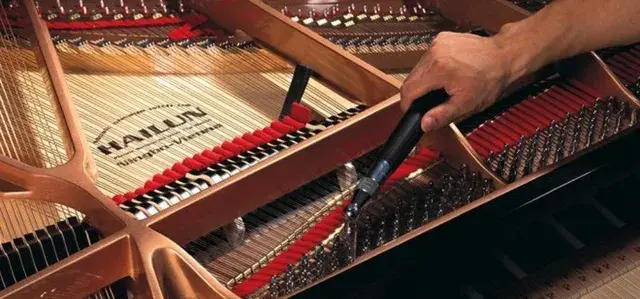
Prevention is always better than cure, especially when it comes to your prized piano. By following a few simple maintenance tips, you can keep your instrument in tip-top shape, avoid costly repairs, and ensure it sings sweetly for years to come.
- Regular Tuning: This is non-negotiable. A well-tuned piano is a happy piano. Aim for professional tunings at least twice a year, or more often if you play frequently or live in an area with extreme temperature fluctuations.
- Humidity Control: Wood is a fickle beast, and pianos are mostly made of it. Fluctuations in humidity can cause all sorts of problems, from sticky keys to cracked soundboards. Invest in a hygrometer to monitor humidity levels and use a humidifier or dehumidifier to maintain an ideal range of 40-50%. Think of it as a spa day for your piano.
- Cleaning: Dust bunnies and grime are not your piano's friends. Regularly dust the exterior with a soft cloth, clean the keys with a slightly damp cloth (wrung out well), and use a vacuum with a brush attachment to suck up any debris that might have fallen between the keys.
- Mindful Playing: While we all love to bang out a passionate Beethoven sonata, avoid excessive force when playing. Slamming the keys can damage the hammers and other delicate mechanisms. Treat your piano with the respect it deserves.
- Protect It from the Elements: Keep your piano away from direct sunlight, heating vents, and air conditioners, as these can cause extreme temperature and humidity fluctuations. If you have to place it near a window, use curtains or blinds to protect it from harmful UV rays.
- Professional Check-Ups: Even if your piano seems to be in perfect working order, it's a good idea to schedule annual check-ups with a qualified technician. They can catch minor issues before they become major problems, saving you time, money, and heartache in the long run.
By following these simple tips, you'll be well on your way to becoming a piano whisperer. Remember, a well-maintained piano not only sounds better, but it also holds its value better. So, treat your instrument with the love and care it deserves, and it will reward you with years of beautiful music.
...
So, there you have it – a pro pianist's survival guide to keeping your piano in tip-top shape. Remember, a little TLC goes a long way. With regular maintenance and a bit of DIY know-how, you can avoid costly repairs and ensure your instrument sings for years to come.
And hey, even if you do end up needing a technician, don't feel defeated. Think of it as a collaboration. You're the piano's primary caretaker, keeping it clean, tuned, and well-loved. The technician is the specialist who swoops in to handle the complex stuff, like a musical pit crew.
Together, you and your piano technician can keep your instrument sounding its absolute best, so you can focus on what really matters: making beautiful music. After all, a piano is more than just wires and wood – it's a portal to creativity, a source of joy, and a lifelong companion for your musical journey.
So, keep playing, keep exploring, and don't be afraid to get your hands dirty (figuratively, of course – piano keys hate greasy fingerprints!). Your piano will thank you.




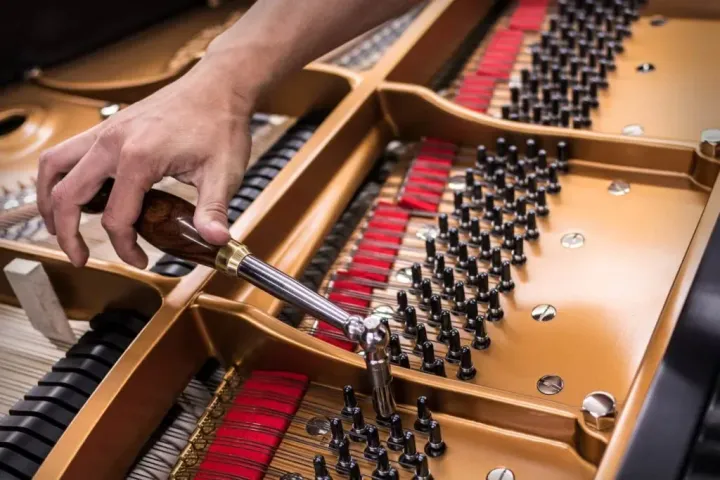
Comments ()